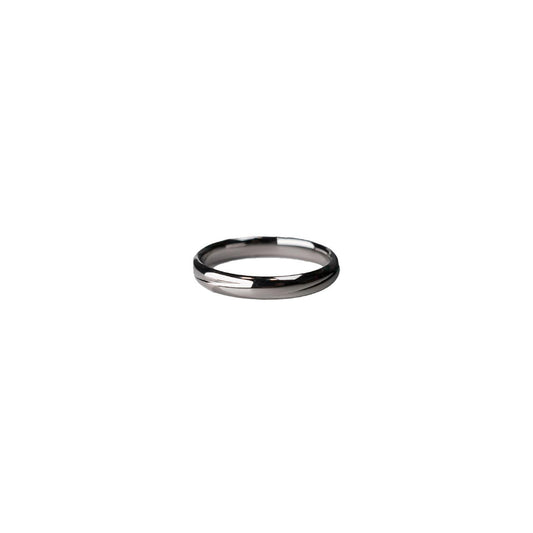The Ring Finger A Journey Through Culture and Custom
The Ring Finger A Journey Through Culture and Custom
When I was a child, I distinctly remember watching my grandmother slip off her simple gold band and place it beside the sink as she washed dishes. This small act stuck with me, not just because it was a demonstration of love's enduring symbol, but because it begged the question: why, of all fingers, does this adornment belong on the fourth one?
The ring finger, traditionally the fourth finger on the left hand, is wrapped in cultural and historical significance. In Western culture, it is best known as the chosen finger for wedding and engagement rings. This tradition is deeply rooted in a belief dating back to ancient Egypt and Rome, where people thought a vein, famously dubbed the "vena amoris" or “vein of love,” ran directly from this finger to the heart. History has its quirks, and while modern anatomy shows no such vein exists, the sentiment remains endearing.
Fast forward to the Middle Ages in Europe, and the placement of rings on the fourth finger was further perpetuated by religious customs. During wedding ceremonies, a priest would touch the thumb, index, and middle fingers representing the Holy Trinity, before finally placing the ring on the fourth finger. This made me wonder if traditions like these weren't just about symbolic veins and religious customs, but perhaps also about practicality. After all, the ring finger, shielded by its neighbors, is less likely to interfere with daily tasks, a plausible reason for many a busy hand.
Decades later, now with a wedding band of my own, the choice of which finger bears the ring doesn’t just feel like an inherited tradition—it feels like a personal choice engraved with layers of meaning. The engagement ring, often dazzling with diamonds, and the wedding band, solid and unwavering, find harmony on the fourth finger. This unity is a subtle reminder that love can be both bold and constant.
Among friends, I've noticed a shift in how we see the ring finger. Some opt for tattoos instead of bands, embedding permanence in ink rather than metal. Others choose different fingers or hand arrangements altogether, blending personal style with age-old customs. It seems that while tradition endures, there is also room for individual expression.
So, as I sit here tapping away on my keyboard, glancing at my own ring finger, I’m reminded that this small digit holds tales of love, history, and the occasional splash of dishwater. Isn’t it funny how something so simple can carry so much meaning?

























